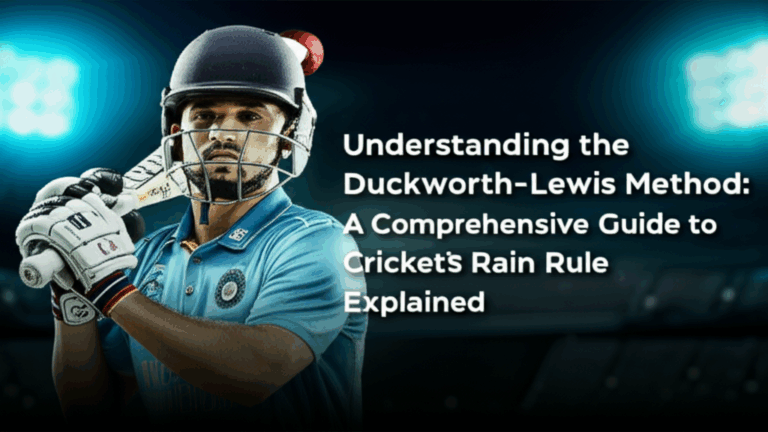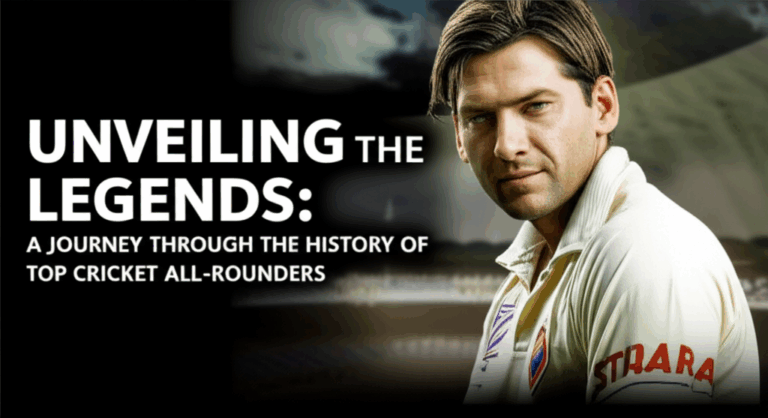
Cricket is more than just a game; it’s a passion that unites millions across the globe. One of the most thrilling aspects of cricket is the art of catching. Whether it’s a breathtaking one-handed grab at the boundary or a crucial catch to dismiss a key batsman, each catch contributes to the game’s narrative. In this article, we will delve into the world of cricket catches and unveil the record holders for the most catches in cricket history. You’ll discover not only the players who have excelled in this skill but also the significance of these achievements in the context of the game.
As we embark on this journey, you will gain insights into the mechanics of catching, the records held by legendary players, and the impact of these records on the sport. We’ll explore the techniques that make a great fielder and how these athletes have etched their names in cricket history through remarkable catching performances. So, whether you’re a cricket enthusiast, a budding player, or someone who just enjoys a good sports story, stick around—there’s a lot to uncover!
Understanding the Art of Catching in Cricket
Catching in cricket is a fundamental skill that can change the course of a match. It requires a unique combination of hand-eye coordination, anticipation, and agility. But what does it take to be a great catcher? Let’s break it down.
The Mechanics of Catching
At its core, catching involves several key components:
- Positioning: A fielder must be in the right spot to make a catch. This requires understanding the flight of the ball and anticipating the batsman’s shot.
- Hand-Eye Coordination: This is crucial for judging the ball’s trajectory and timing the catch.
- Soft Hands: Great catchers often have soft hands that cushion the ball, preventing it from bouncing out.
- Focus and Concentration: Maintaining concentration, especially in high-pressure situations, is vital for successful catches.
These skills are honed through practice and experience. Many players dedicate hours to fielding drills that enhance their catching ability. It’s not just about catching the ball; it’s about doing so in a way that contributes to the team’s success.
Key Components of Catches
There are various types of catches in cricket, each requiring different techniques and skills. Understanding these can help appreciate the feats of record-holding players. Here are the primary types:
Types of Catches
- Slip Catches: Taken by fielders positioned next to the wicketkeeper, slip catches require quick reflexes and sharp focus.
- Boundary Catches: These are often spectacular catches made near the boundary line, where fielders must combine agility with timing to avoid stepping out of bounds.
- High Catches: These catches often involve tracking the ball against the sky and require excellent judgment to judge the distance and angle.
- Close-In Catches: Typically taken off fast bowlers, these require lightning reflexes, as the ball comes at high speed.
Each type of catch has its nuances, and the best fielders often specialize in one or more categories, using their strengths to their advantage.
Benefits and Importance of Catches
The significance of catches in cricket cannot be overstated. Each catch can swing the momentum of a game, and successful fielding can demoralize the opposition. Let’s look at some of the benefits:
- Game-Changing Moments: A well-timed catch can lead to crucial breakthroughs, putting pressure on the batting side.
- Team Morale: A great catch can uplift the team’s spirits and energize the players, creating a positive atmosphere on the field.
- Reducing Runs: By taking catches, players can prevent runs from being scored and restrict the opposition’s scoring rate.
- Building Reputation: Exceptional fielders often gain recognition and respect, enhancing their career prospects.
Now, let’s dive into the heart of our discussion—who holds the record for the most catches in cricket history? This section will celebrate the players who have demonstrated exceptional skill in the field.
International Cricket Council (ICC) Records
The ICC maintains records for catches across different formats: Test, One Day Internationals (ODIs), and T20s. Here’s a look at some of the record holders:
| Player | Format | Matches Played | Catches |
|---|---|---|---|
| Rahul Dravid | Test | 164 | 210 |
| Mark Waugh | ODI | 181 | 135 |
| Jos Buttler | T20 | 90 | 66 |
These players have not only set records but have also inspired the next generation of cricketers. Their contributions are a testament to their hard work and dedication to the game.
Legendary Catching Performances
Let’s highlight a few iconic catching performances that remain etched in cricketing history:
- Jonty Rhodes: Known for his acrobatic fielding, Rhodes’ famous run-out and catch during the 1992 World Cup against England remains legendary.
- AB de Villiers: De Villiers has pulled off some of the most remarkable catches in T20 cricket, showcasing his incredible athleticism.
- Garry Sobers: As one of cricket’s greatest all-rounders, Sobers was also a brilliant fielder, known for his quick reflexes and safe hands.
These moments not only define their careers but also elevate the standard of fielding in cricket, pushing players to aspire for greatness.
Practical Applications: Learning from the Best
So, what can aspiring cricketers learn from these record holders? Here are some practical tips to enhance your catching skills:
Tips for Improving Catching Skills
- Practice Regularly: Consistent practice is key. Set aside time to work on your catching technique with different types of throws.
- Use Drills: Incorporate drills that focus on hand-eye coordination, like catching balls of varying sizes and speeds.
- Watch and Learn: Study videos of great fielders. Observe their techniques and try to emulate them during your practice.
- Stay Fit: Physical fitness plays a crucial role in fielding. Engage in exercises that enhance your agility and reflexes.
- Focus on Mindset: Develop a strong mental approach when fielding. Stay calm under pressure, and trust your instincts.
These strategies can help you not only improve your catching ability but also enjoy the game more deeply. Remember, every catch counts!
Frequently Asked Questions
What is the record for the most catches in Test cricket?
The record for the most catches in Test cricket is held by Rahul Dravid, who took an impressive 210 catches during his 164-match career. His ability to take catches in the slip cordon was exceptional, making him one of the finest fielders in the history of the game.
Who holds the most catches in One Day Internationals (ODIs)?
In One Day Internationals, Mark Waugh holds the record for the most catches, with a total of 135 catches from 181 matches. His sharp reflexes and smart positioning made him a formidable fielder, especially in the slips.
How important is catching in cricket?
Catching is crucial in cricket; it can change the momentum of a game and lead to vital breakthroughs. A single dropped catch can be costly, while a well-timed catch can lift team spirits and put pressure on the opposition.
Can fielding techniques be improved with practice?
Absolutely! Like any other skill in cricket, catching can be significantly improved with regular practice and the right techniques. Engaging in drills that focus on hand-eye coordination and reaction time can enhance your catching ability.
What are some famous catches in cricket history?
Some of the most famous catches include Jonty Rhodes’ run-out during the 1992 World Cup and AB de Villiers’ stunning catches in T20 cricket. These moments not only showcased their skills but also became iconic in the sport’s history.
What qualities make a great fielder?
A great fielder possesses several qualities, including agility, quick reflexes, excellent hand-eye coordination, and the ability to remain calm under pressure. Additionally, a strong mental game and good anticipation skills are vital for success in fielding.
Conclusion
Catching is an integral part of cricket that can be as thrilling as hitting a six. The players who excel in this area not only add value to their teams but also become legends in their own right. From Rahul Dravid’s unmatched catches to Jonty Rhodes’ iconic performances, the art of catching has defined careers and shaped the history of cricket.
As we’ve explored, improving your catching skills can be a rewarding venture, not only enhancing your game but also increasing your enjoyment of cricket. So, whether you’re out in the field or watching from the stands, remember the magic that a great catch can bring to the game.
Now that you know the importance of catching and who the record holders are, why not head to your local cricket field and practice those catching techniques? Every great player started somewhere, and with dedication, you could be the next record holder! Share your thoughts or experiences with catching in the comments below.






